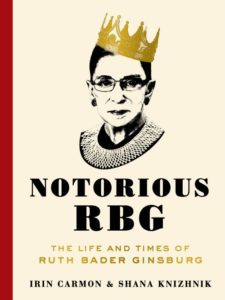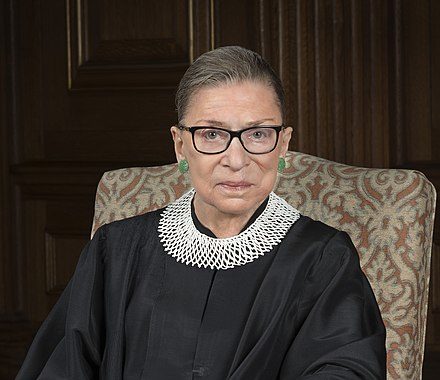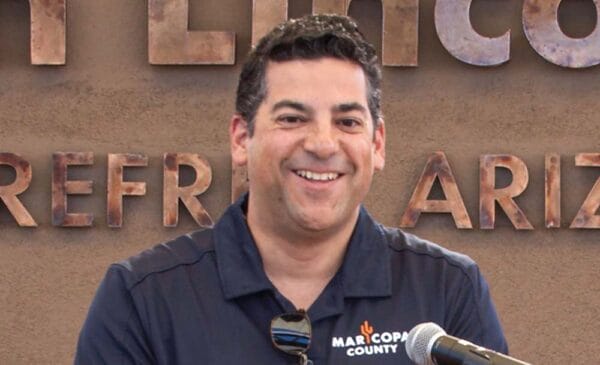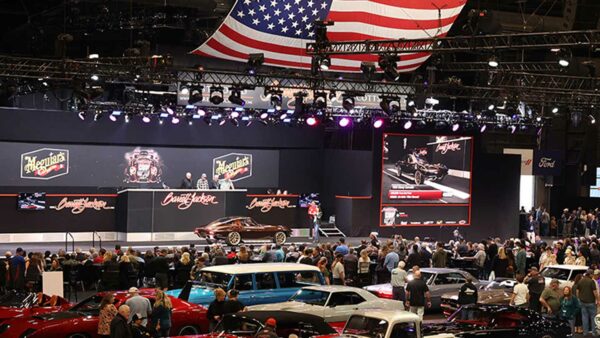Official portrait, 2016
She embraced late-life hipster iconhood. But did it make her feel too invincible?

By Joanna Weiss | TIME
Ruth Bader Ginsburg was 80 the year she transformed from public figure to pop-culture icon.
It was 2013, Ginsburg had issued a scathing dissent in the Shelby County v. Holder voting rights case, and an admiring New York University law student created the Notorious RBG Tumblr feed. The blog was sprinkled with pictures of the justice in a crown like Biggie Smalls’, along with cheeky lyrics from R&B songs—drawing parallels, years before “Hamilton,” between the subversive spirit of hip-hop and the power of American institutions.
Related: Ginsburg was key in shaping Arizona’s redistricting
Ginsburg had been a major figure in American jurisprudence for decades, a known quantity with much less overt swagger than the Alexander Hamilton in the play. In her bearing and her writing, she was deliberative, quiet, understated, trusting in the process and the system. This new character, Notorious RBG, had the same intelligence and drive—the blog was deeply respectful and often intellectual, quoting passages from Ginsburg’s court opinions—but she was also a badass and, better, a meme. The piled-up images, musical tributes, and declarations of love suggested that Ginsburg, diminutive and frail, was also fierce, not-to-be-messed-with and fun. Recently, the blog’s header was a cartoon of the justice riding a unicorn over a rainbow.












